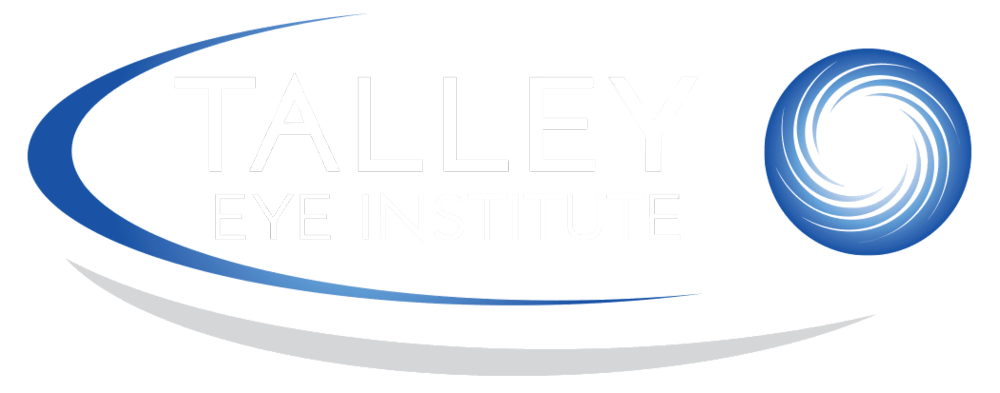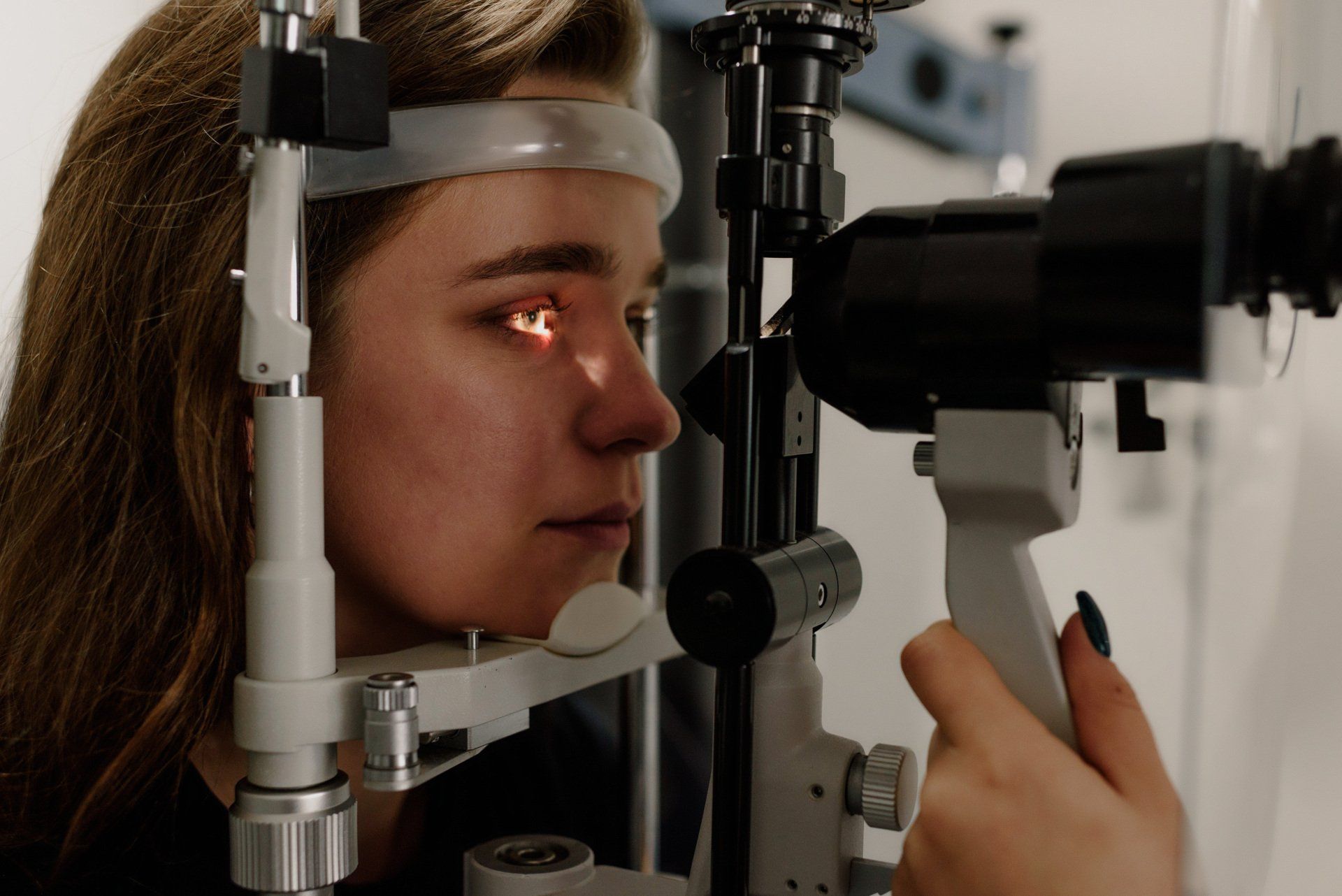Vision Correction Options for the presbyopic eye; Refractive Lens Exchange
Refractive lens exchange (RLE) is a vision correction surgery that has gained significant attention over the years as an effective solution for those looking to improve their eyesight but for those who may not reap the full benefits of LASIK due to the onset of presbyopia (the natural aging of the lens of the eye that reduces the ability to read up close without reading glasses or bifocals). This blog will explore the advantages of refractive lens exchange and why it may be the ideal choice for presbyopic patients seeking a long-term solution for vision correction.
What is Refractive Lens Exchange?
Refractive lens exchange, also known as lens replacement surgery or clear lens exchange, is a procedure in which the natural lens of the eye is replaced with an artificial intraocular lens (IOL). This procedure is similar to cataract surgery but is performed on individuals who do not have cataracts, specifically those looking to correct refractive errors like nearsightedness (myopia), farsightedness (hyperopia), and presbyopia (age-related difficulty focusing on close objects).
The IOLs used in RLE are designed to correct these refractive errors, often eliminating or reducing the need for glasses or contact lenses.
Benefits of Refractive Lens Exchange
1. Long-Term Vision Improvement
RLE offers a permanent solution to vision problems, whereas LASIK provides a solution for refractive errors solely found in the cornea and will not correct lens-based vision changes like presbyopia or cataracts. RLE replaces the natural lens of the eye with a synthetic one. This means that the improvements in your vision are long-lasting, and the risk of developing cataracts in the future is eliminated since the lens is replaced entirely.
2. Correction of Multiple Vision Issues
RLE can correct multiple vision problems at once, including myopia, hyperopia, astigmatism, and presbyopia. With the right type of intraocular lens, patients can achieve clear vision at multiple distances, even without the need for reading glasses in some cases. This offers a unique advantage for those patients who have already entered or are near the age of presbyopia and wondering about longer-lasting, comprehensive vision correction options.
3. No Cataracts
For individuals who are over the age of 50 and starting to experience the early stages of cataracts, RLE can provide a two-in-one benefit. Not only does it address refractive errors, but it also prevents the need for cataract surgery later on. By replacing the natural lens with an IOL early on, patients are essentially avoiding the need for cataract surgery in the future, offering both preventive and corrective advantages.
4. Reduced Dependence on Glasses and Contacts
One of the most appealing aspects of refractive lens exchange is the potential to drastically reduce or even eliminate your reliance on glasses or contact lenses. Many patients who undergo RLE report being able to enjoy clear, unaided vision, even at various distances. Whether it’s reading a book, driving at night, or enjoying outdoor activities, RLE offers a significant improvement in lifestyle by providing freedom from corrective eyewear.
5. Advanced Technology for Customized Outcomes
By providing clearer vision and the opportunity to live without the hassle of glasses or contacts, RLE can significantly enhance a person’s quality of life. Imagine waking up and being able to see clearly right away, without needing to fumble for your glasses or deal with the irritation of contact lenses. Additionally, with the option for multifocal or extended-depth of focus IOLs, individuals can experience improved vision for both near, intermediate and distant tasks, reducing the need for grabbing a pair of glasses or readers throughout the day.
6. Minimal Downtime and Quick Recovery
The RLE procedure is minimally invasive and performed on an outpatient basis. The recovery time is relatively short, with most patients experiencing noticeable improvements in their vision within a few days to a week. Follow-up appointments are required to monitor healing and ensure optimal results, but many people can resume normal activities shortly after surgery.
7. Safety and Precision
With years of refinement, RLE is considered a safe and highly effective procedure. It carries very low risks, especially when performed by an experienced surgeon. Thanks to modern technology, the procedure is precise and can be tailored to an individual’s specific eye structure, ensuring the best possible outcome.
Who is a Good Candidate for Refractive Lens Exchange?
Refractive lens exchange is an excellent option for patients over 40 who are experiencing presbyopia (the gradual loss of the ability to focus on close objects) or for those approaching presbyopia who may not be a good candidate for LASIK for other reasons. If you’re considering RLE, your surgeon will evaluate your overall eye health and vision needs to determine if you’re a suitable candidate.














